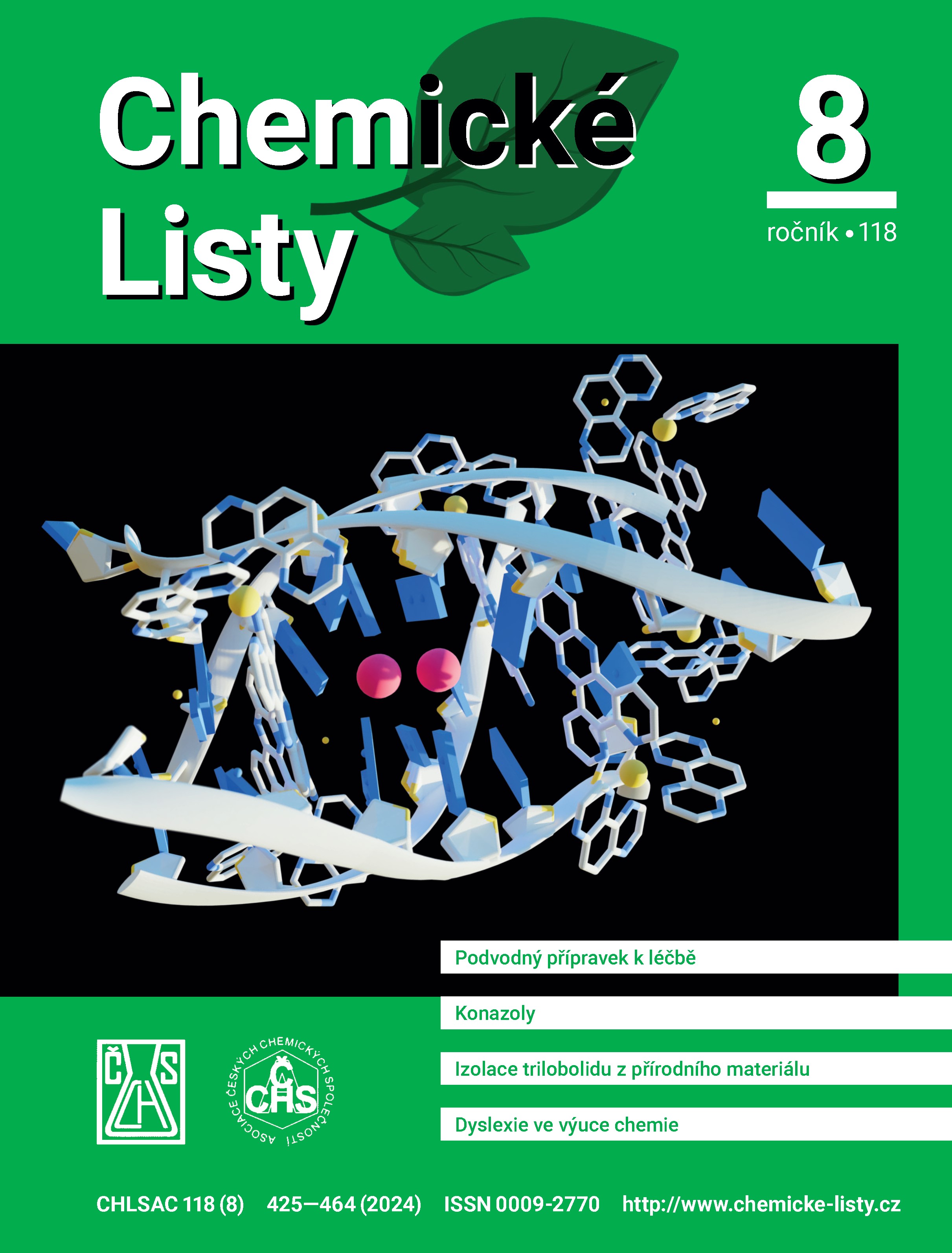Conazoles
DOI:
https://doi.org/10.54779/chl20240439Keywords:
conazoles, synthesis, pharmacobiochemistry, toxicityAbstract
Conazoles belong to the group of azole-based fungicides and pharmaceutical preparations that are widely used in agriculture for crop protection and in human and veterinary medicine for the treatment of oropharyngeal and urogenital mycotic infections. The antifungal mode of action consists in the inhibition of certain cytochrome c-oxidase enzymes leading to disruption of the ergosterol metabolic pathway, which plays a similar role in cholesterol synthesis in mammals. Some conazoles possess hepatotoxic properties, some are mutagenic and tumorigenic, some are only carcinogenic and some do not act in these negative ways. In addition, their potential for cumulative exposure and deposition of residues in the human body could contribute to an increased risk of certain diseases and adverse health conditions, particularly during the foetal development. For these reasons, the risk assessment of the use of conazoles in human medicine and plant protection requires harmonisation and further research.





